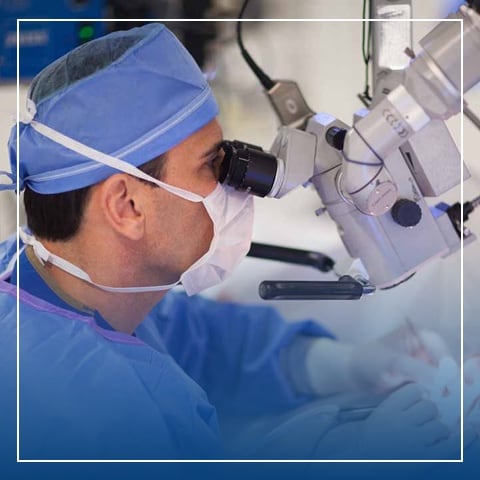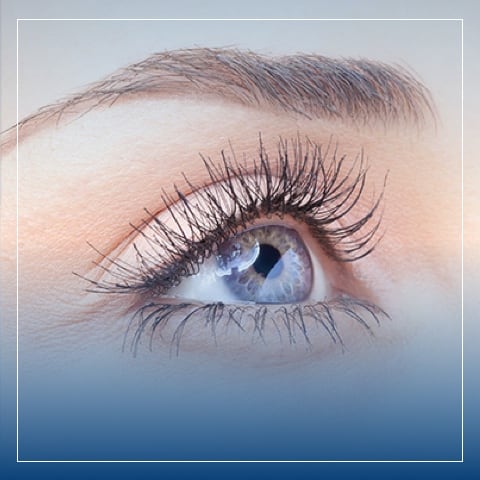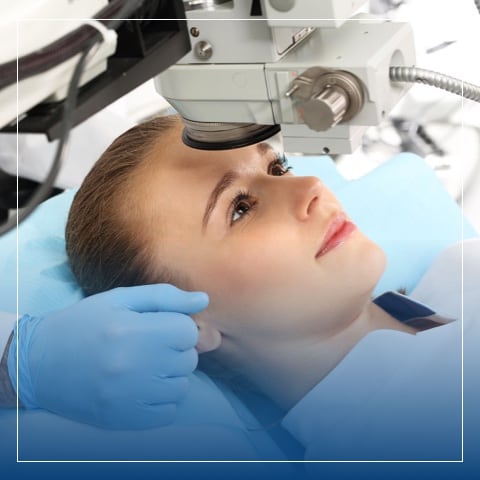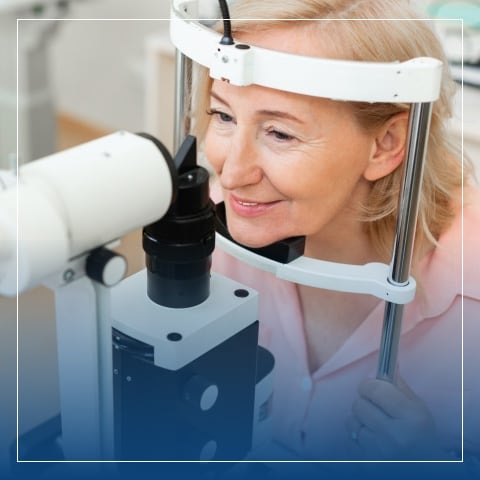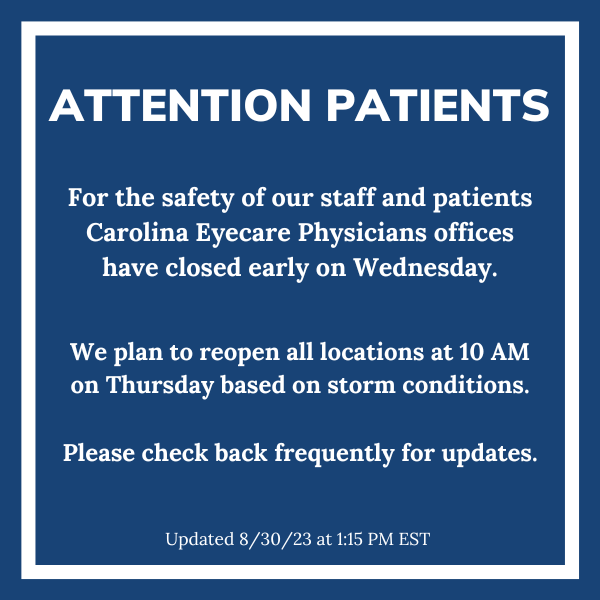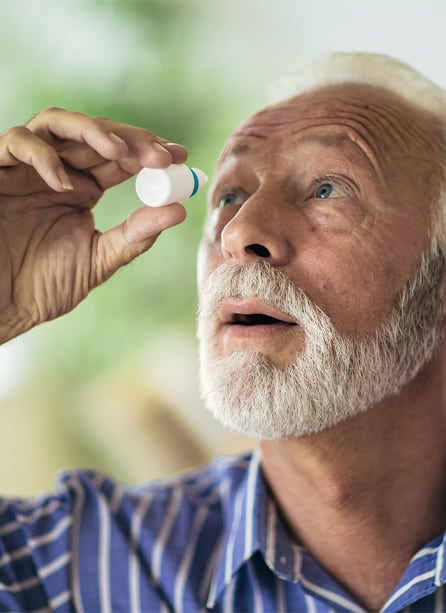

Dry Eye Relief
Dry eye can cause multiple uncomfortable symptoms, including gritty, scratchy, and burning eyes. Chronic dry eye can even cause blurry vision, light sensitivity, and cornea damage.
For some people, the stinging, burning and redness may seem like little more than a nuisance. But, if left untreated, dry eye syndrome can lead to serious eye problems, including blindness. Dry eyes are inflamed eyes. Inflammation of the front surface of the eye increases the risk of infection and can also lead to scarring. Once scarring occurs, permanent loss of sight can occur.
Book an appointment with a dry eye specialist at Carolina Eyecare Physicians for your personalized plan for dry eye therapy relief.
What is Dry Eye Disease?
Dry eye disease is a chronic lack of sufficient lubrication and moisture in the eye. Our eyes need tears to stay healthy and comfortable. If your eyes do not produce enough tears, it is called dry eye.
Dry eye is also when your eyes do not make the right type of tears or tear film.
Symptoms of Dry Eye
Here are some of the symptoms of dry eye:
- You feel like your eyes are stinging and burning
- There is a scratchy or gritty feeling like something is in your eye
- There are strings of mucus in or around your eyes
- Your eyes are red or irritated. This is especially true when you are in the wind or near cigarette smoke
- It is painful to wear contact lenses
- You have lots of tears in your eyes
What Causes Dry Eye?
Dry eye disease can be caused by a variety of factors, including:
- Certain diseases, such as rheumatoid arthritis, Sjögren’s syndrome, thyroid disease, and lupus
- Blepharitis (when eyelids are swollen or red)
- Entropion (when eyelids turn in) or ectropion (eyelids turn outward)
- Being in smoke, wind or a very dry climate
- Looking at a computer for a long time
- Using contact lenses for a long time
- Having refractive eye surgery, such as LASIK
- Taking certain medicines, such as diuretics, beta-blockers, allergy medicines, sleeping pills, & anxiety medicines

Healthy Tears
While tears can help you express feelings of sadness or joy, the tear film is meant to protect and nourish the eye’s surface. The tear film has 3 layers:
- The oily layer (outer layer) keeps the eye surface smooth and prevents tears from evaporating too quickly. The oil (or meibum) is produced by the meibomian glands.
- The watery layer washes away debris and particles, keeping the eye clean and hydrated. The watery middle layer is produced by the lacrimal glands.
- The mucus layer (inner layer) helps tears spread across the eye and stick to the surface. Mucus is produced by goblet cells in the conjunctiva.
Dry eye occurs when the eye can’t effectively produce one or more of these components. Medical conditions, medications, environmental conditions, nutrition, and a number of other factors can interfere with tear production and drainage.
Dry Eye Treatment
Artificial Tears
Artificial tears (eye drops) add lubrication to the eye’s surface. Generally, preservative-free eye drops are recommended for long-term use, as preservatives can cause eye irritation. However, patients with severe dry eye may need additional treatment to reduce symptoms.
Punctal Plugs
Punctal plugs are tiny devices (about the size of a grain of rice) that are inserted into the tear ducts (puncta) to block drainage. By preventing tears from draining, it can improve eye moisture and reduce eye discomfort.
There are 2 types of punctal plugs: temporary and semi-permanent.
Temporary or dissolving plugs are naturally absorbed by the body, breaking down within a few days or months. In some cases, a temporary punctal plug may be recommended to test the method before trying semi-permanent plugs.
Semi-permanent plugs are typically made of medical-grade plastic and are designed to last for years. However, they can be removed if necessary.Most patients can return to normal activities immediately after the insertion procedure. Some patients may notice a scratchy or irritated feeling in the corner of their eye. However, patients typically find the feeling fades with time.
LipiFlow
LipiFlow Thermal Pulsation therapy is a treatment for when tears evaporate too quickly. When the meibomian glands are blocked or don’t produce enough oil, adding artificial tears or producing more watery tears won’t effectively improve dry eye.
LipiFlow dry eye therapy applies heat and gentle pressure to stimulate the meibomian glands. The heat can also help melt oil buildup to improve flow through the glands. The in-office procedure takes approximately 20 minutes.
LipiFlow is recommended for patients with meibomian gland dysfunction (MGD), but may not benefit patients experiencing other tear film problems. Your eye doctor can assess your eye health to determine the cause of your dry eye and recommend appropriate dry eye treatment.

Preventing Dry Eye Disease
Our doctors can give you tips to prevent dry eye disease. Some of these tips may include:
- Avoid using a hair dryer, if possible
- Stay away from very warm rooms
- Add moisture to the air with a humidifier during the winter
- Protect your eyes from drying wind by wearing wrap-around glasses outside
- Add omega-3 fatty acids to your diet
Contact Us for Dry Eye Therapy
You don’t need to suffer from dry eye. After assessing your eyes and discussing your symptoms, your eye doctor can develop a personalized treatment plan. Contact us at Carolina Eyecare Physicians for dry eye relief.
Locations
We have several convenient locations throughout South Carolina. Please view the nearest location to you or get directions below.
Our Services

See Our Google Reviews

News
Natural Remedies for Dry Eye Relief: What Works?
Dry EyeDry eye syndrome can leave your eyes feeling uncomfortable, appearing red, or as though sand is trapped within them, often resulting in a burning or stinging sensation. This condition arises when the small glands around your eyelids fail to produce enough tears, which is vital for keeping your eyes moist, clear, and healthy. Are you […]
Read More… from Natural Remedies for Dry Eye Relief: What Works?
Eye Safety Tips for the Solar Eclipse
News & UpdatesHello eclipse enthusiasts! With the much-anticipated solar eclipse just around the corner, the team at Carolina Eyecare Physicians wants to make sure you’re all set to enjoy this celestial marvel safely. As your trusted eye care providers here in Charleston, South Carolina, we’re sharing some friendly reminders to help protect your vision during the big […]
5 Unexpected Benefits of LASIK Treatment You Might Not Know About
LASIK, LASIK SurgeryFor many, getting LASIK surgery is motivated by the simple desire to ditch their glasses or contact lenses for good. However, what often goes unnoticed are the subtle yet profound benefits of this modern corrective eye procedure. Beyond the obvious allure of improved vision, LASIK vision correction treatment offers advantages that can greatly enhance your […]
Read More… from 5 Unexpected Benefits of LASIK Treatment You Might Not Know About
Natural Remedies for Dry Eye Relief: What Works?
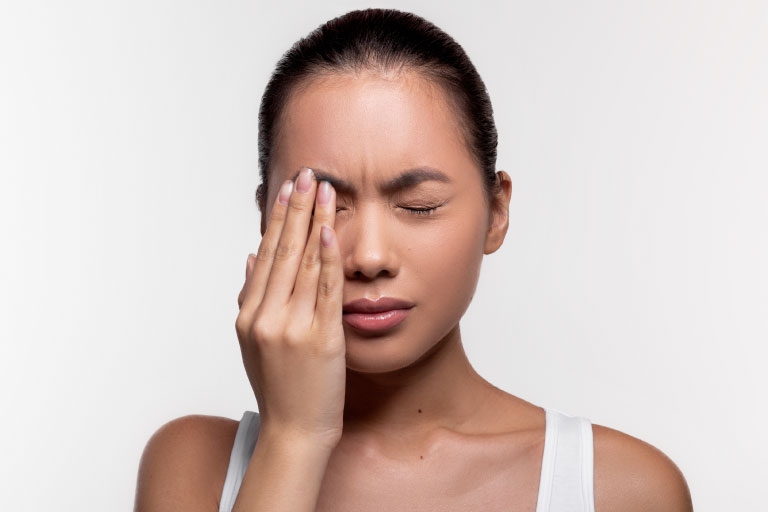
Dry eye syndrome can leave your eyes feeling uncomfortable, appearing red, or as though sand is trapped within them, often resulting in a burning or stinging sensation. This condition arises when the small glands around your eyelids fail to produce enough tears, which is vital for keeping your eyes moist, clear, and healthy. Are you […]
Read More… from Natural Remedies for Dry Eye Relief: What Works?
Eye Safety Tips for the Solar Eclipse
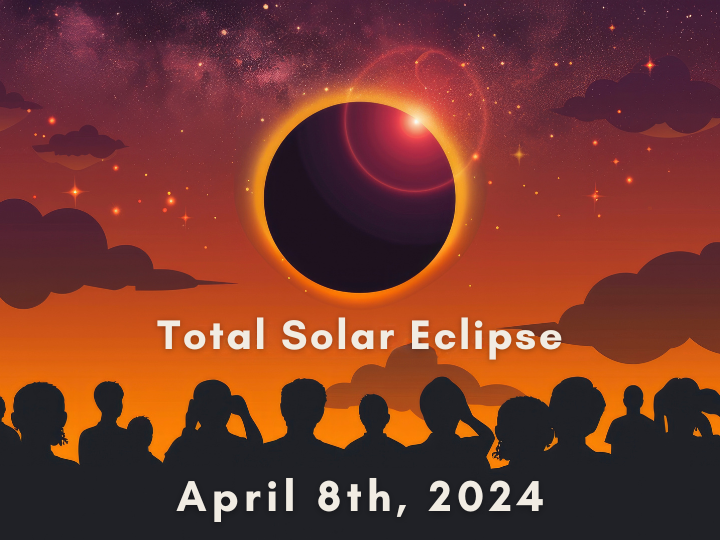
Hello eclipse enthusiasts! With the much-anticipated solar eclipse just around the corner, the team at Carolina Eyecare Physicians wants to make sure you’re all set to enjoy this celestial marvel safely. As your trusted eye care providers here in Charleston, South Carolina, we’re sharing some friendly reminders to help protect your vision during the big […]
5 Unexpected Benefits of LASIK Treatment You Might Not Know About
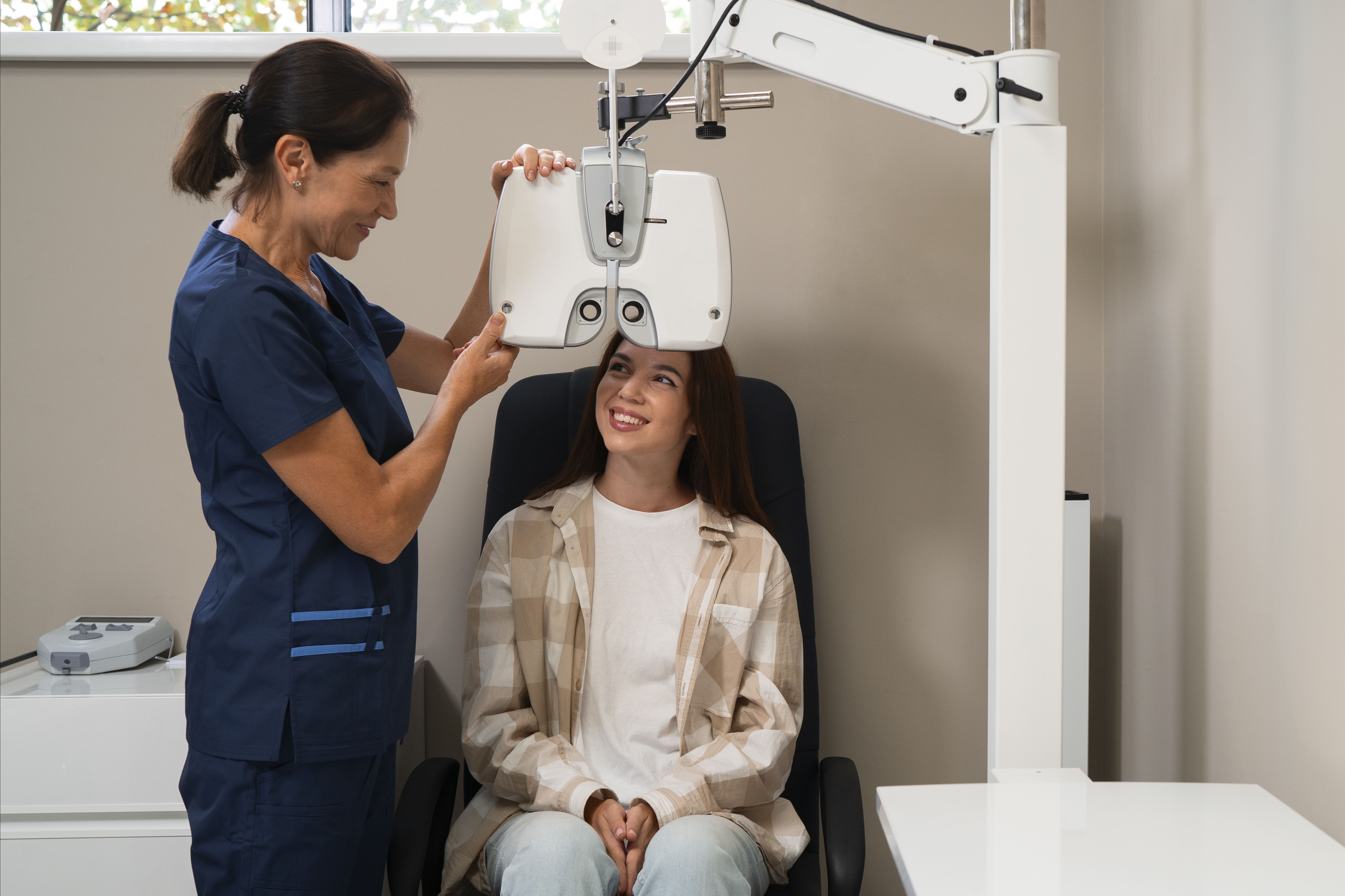
For many, getting LASIK surgery is motivated by the simple desire to ditch their glasses or contact lenses for good. However, what often goes unnoticed are the subtle yet profound benefits of this modern corrective eye procedure. Beyond the obvious allure of improved vision, LASIK vision correction treatment offers advantages that can greatly enhance your […]
Read More… from 5 Unexpected Benefits of LASIK Treatment You Might Not Know About


We are a proud partner of US Eye, a leading group of patient-centric, vertically integrated multi-specialty physician practices providing patients with care in ophthalmology, optometry, dermatology, audiology, and cosmetic facial surgery.

